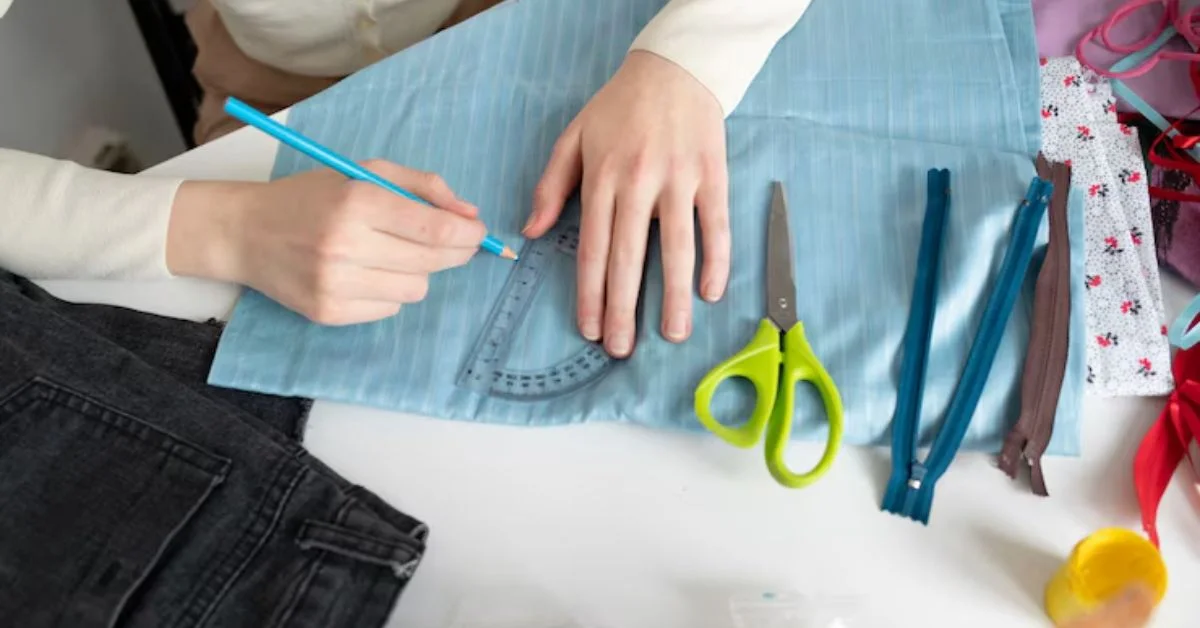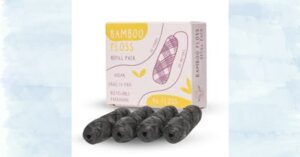To the casual observer, a seam is just a seam. But to the discerning tailor, textile engineer, or fashion designer, a seam—or “Naht” in German—is a fundamental architectural element of any garment or fabric structure. The term “Nahttypen,” meaning “types of seams,” encompasses a broad, nuanced classification system that determines how two pieces of fabric are joined. Each type influences not just how a garment looks, but also how it moves, breathes, and survives wear and time.
This article provides an in-depth exploration of Nahttypen, focusing on their design principles, practical applications, historical evolution, and relevance in today’s fast-evolving textile industry. Whether you’re a seasoned professional or an inquisitive beginner, understanding seam types is crucial to mastering the language of cloth.
The Importance of Seam Types in Garment Construction
Seams do more than hold fabric together. They shape form, distribute stress, and define aesthetic lines. A poorly chosen seam can compromise a garment’s strength, while a strategically selected seam can elevate its elegance and function.
Nahttypen vary based on several criteria:
- Strength and durability
- Flexibility and stretch compatibility
- Aesthetic visibility
- Ease of assembly and production
- Intended use: decorative vs. structural
Historical Evolution of Nahttypen
Before industrialization, seams were hand-stitched with minimal variation. With the invention of the sewing machine in the 19th century, seam innovation surged. By the early 20th century, standardized seam types emerged, and garment engineers began matching seams to fabric behavior and usage contexts.
Today, with the rise of synthetic fibers, stretch fabrics, and performance textiles, the taxonomy of Nahttypen has grown even more complex—and necessary.
Classification of Major Nahttypen (Seam Types)
1. Plain Seam (Steppnaht or Einfachnaht)
The most fundamental seam. Two fabric pieces are placed right sides together and stitched along the edge.
- Use: Everyday garments, blouses, skirts
- Strength: Moderate
- Variation: Can be pressed open or to one side
2. French Seam (Französische Naht)
A seam within a seam, ideal for sheer or delicate fabrics. The raw edges are enclosed.
- Use: Lingerie, silk blouses
- Advantage: Clean finish with no visible raw edges
- Disadvantage: Time-intensive
3. Flat-Felled Seam (Kappnaht)
Common in jeans and workwear. The seam is sewn twice, and the raw edges are tucked under.
- Use: Denim, outdoor wear
- Strength: Very high
- Additional Benefit: Decorative and sturdy
4. Zigzag Seam (Zickzacknaht)
Used with knit or stretch fabrics to allow movement without breaking the thread.
- Use: Sportswear, swimwear
- Function: Flexibility
- Tools Required: Special zigzag stitch machine setting
5. Double-Needle Seam (Doppelnadelnaht)
Used for decorative topstitching or functional reinforcement.
- Use: Knitwear hems
- Look: Professional and symmetrical
- Flexibility: Moderate
6. Bound Seam (Einfaßnaht)
Edges are enclosed with bias tape or a separate fabric strip.
- Use: Unlined jackets, raw-edge designs
- Aesthetic: Visible and contrasting
- Durability: High if done properly
7. Lapped Seam (Überlappte Naht)
One piece overlaps the other. Often used in leatherwork or technical textiles.
- Use: Bags, uniforms
- Strength: Depends on material and overlap width
8. Serged Seam (Overlocknaht)
Created with an overlock machine, which trims the fabric and encases edges simultaneously.
- Use: Mass-produced garments
- Efficiency: Extremely high
- Durability: Moderate to high depending on thread and tension
Specialty Seam Types
Some Nahttypen are engineered for specific industries:
1. Welded Seams
Used in waterproof garments. Instead of stitching, heat and adhesives seal the fabric.
- Use: Raincoats, tents
- Advantage: No punctures, 100% waterproof
2. Taped Seams
Tape is applied over seams post-stitching for water resistance.
- Use: Snow sportswear, technical jackets
- Benefit: Reinforces and seals
3. Blind Seam (Blindnaht)
A nearly invisible stitch, often used in hems.
- Use: Formalwear, trousers
- Challenge: Requires precision and special foot attachment
Choosing the Right Seam Type
Selecting the correct Nahttyp requires understanding:
- Fabric behavior: Is it stiff, flowing, or stretchy?
- Garment function: Is the item for aesthetic, utility, or high-motion use?
- Care and maintenance: Will it endure frequent washing or dry cleaning?
Example Pairings:
- Chiffon blouse: French seam
- Denim jeans: Flat-felled seam
- Athletic leggings: Zigzag or serged seam
- Structured jacket: Bound or lapped seam
Industrial vs. Artisanal Perspectives
In industrial sewing, speed and efficiency govern seam selection. Automated machines are optimized for overlock and chain stitches. Artisans and couturiers, however, might prefer time-consuming methods like French or blind seams to uphold craftsmanship.
Some designers bridge both worlds, using high-tech materials with old-world techniques to highlight seamwork as a design element.
Nahttypen in Fashion Design
In contemporary fashion, seams are no longer hidden necessities. They’ve become focal points.
- Visible seaming: Often used for contrast and sculptural effects.
- Asymmetrical seam lines: To create dynamic silhouettes
- Raw seams with reinforcement: Seen in deconstructed or industrial-inspired fashion
Sustainability and Seam Engineering
Seams also have an environmental role. Durable seams extend garment life. Modular seams, like those in technical outdoor gear, allow for easy repair or replacement of worn parts.
Innovations Include:
- Recyclable thread for easy disassembly
- Heat-activated seams that reduce production energy
- Laser-cut seaming in smart textiles
Seam Testing and Standards
For industrial application, seams undergo testing for:
- Tensile strength
- Abrasion resistance
- Seam slippage
International standards like ISO 13935-2 guide these evaluations. Engineers assess how seam performance interacts with fabric behavior under stress.
Learning and Practicing Nahttypen
Aspiring tailors and textile students study Nahttypen in stages:
- Sample Swatching: Trying each seam type on different fabrics
- Measurement and Tension Practice: Ensuring even seam allowances
- Stitch Variation: Experimenting with thread types and stitch lengths
- Garment Integration: Applying seam types in actual designs
The Future of Seam Engineering
As clothing evolves toward smart textiles, embedded tech, and sustainable materials, seam types will adapt. Future seams may carry wiring, sensors, or biometric functionality.
Augmented reality (AR) platforms may one day allow seam designers to simulate seam stress and behavior before cutting a single piece of cloth.
Final Thoughts
Nahttypen are more than just technical classifications; they represent the intersection of function, form, and material science. From the whisper of a blind hem to the bold statement of a flat-felled seam, the choice of seam defines the lifespan, utility, and character of every garment.
For designers, seam mastery is akin to sentence structure for a writer—a foundational grammar that determines narrative strength. For manufacturers, it’s a logistical puzzle balancing efficiency and integrity. And for the consumer, it’s an often unseen but deeply felt indicator of quality.
Understanding Nahttypen isn’t just about sewing. It’s about seeing clothing as a constructed, intentional object—one where every line has a purpose and every join tells a story.
For more information, click here.









